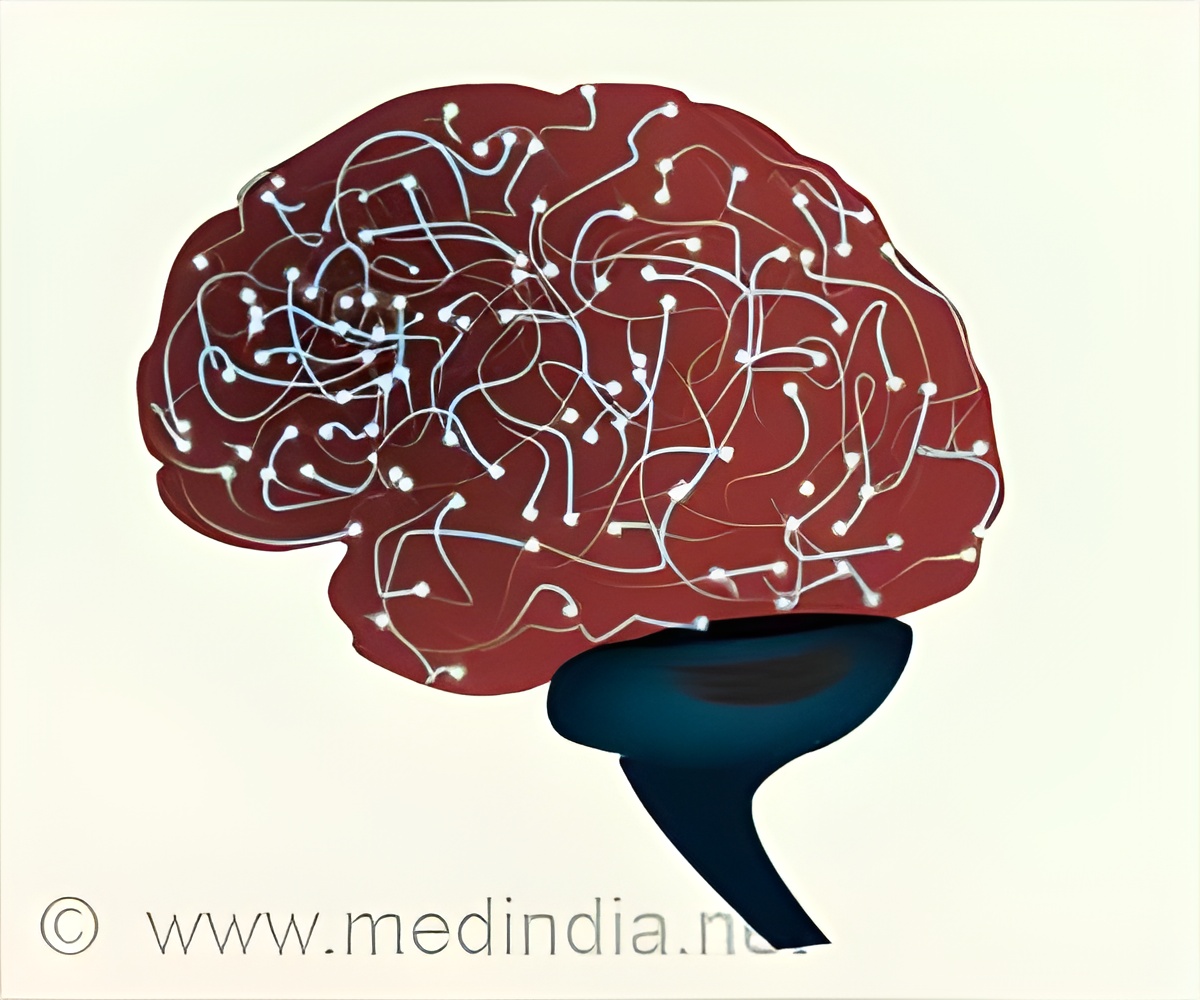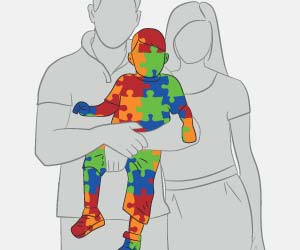
Adolescent neurostimulation of dopamine circuit reverses genetic deficits in frontal cortex function
Go to source).
‘Scientists are making progress in identifying potential treatment targets for disorders like schizophrenia and autism that affect the brain circuitry into adulthood by addressing dopamine system dysfunction crucial for cognitive processing and decision-making.
#brain circuitry, #childhood, #adolescence, #neuropsychiatric disorders, #schizophrenia
’
Tweet it Now
“Brain development is a lengthy process, and many neuronal systems have
critical windows - key times when brain areas are malleable and
undergoing final maturation steps,” said Rianne Stowell, Ph.D., a
postdoctoral fellow in the Wang Lab at the University of Rochester
Medical Center and co-first author on research out in the journal
eLife. “By identifying these windows, we can target
interventions to these time periods and possibly change the course of
a disease by rescuing the structural and behavioral deficits caused
by these disorders.”Unlocking the Neurodevelopmental Puzzle
Researchers targeted underperforming neurons in the dopamine system that connect to the frontal cortex in mice.This circuitry is essential in higher cognitive processing and decision-making. They found that stimulating the cells that provide dopamine to the frontal cortex strengthened this circuit and rescued structural deficiencies in the brain that cause long-term symptoms.
Previous research from the Wang Lab identified that this specific arm of the dopamine system was flexible in the adolescent brain but not in adults. This most recent research used this window for plasticity in the system as an opportunity for therapeutic intervention.
“These findings suggest that increasing the activity of the adolescent dopaminergic circuitry can rescue existing deficits in the circuit and that this effect can be long-lasting as these changes persist into adulthood,” Stowell said. “If we can target the right windows in development and understand the signals at play, we can develop treatments that change the course of these brain disorders.”
Reference:
- Adolescent neurostimulation of dopamine circuit reverses genetic deficits in frontal cortex function - (https://elifesciences.org/reviewed-preprints/87414)
Source-Eurekalert










